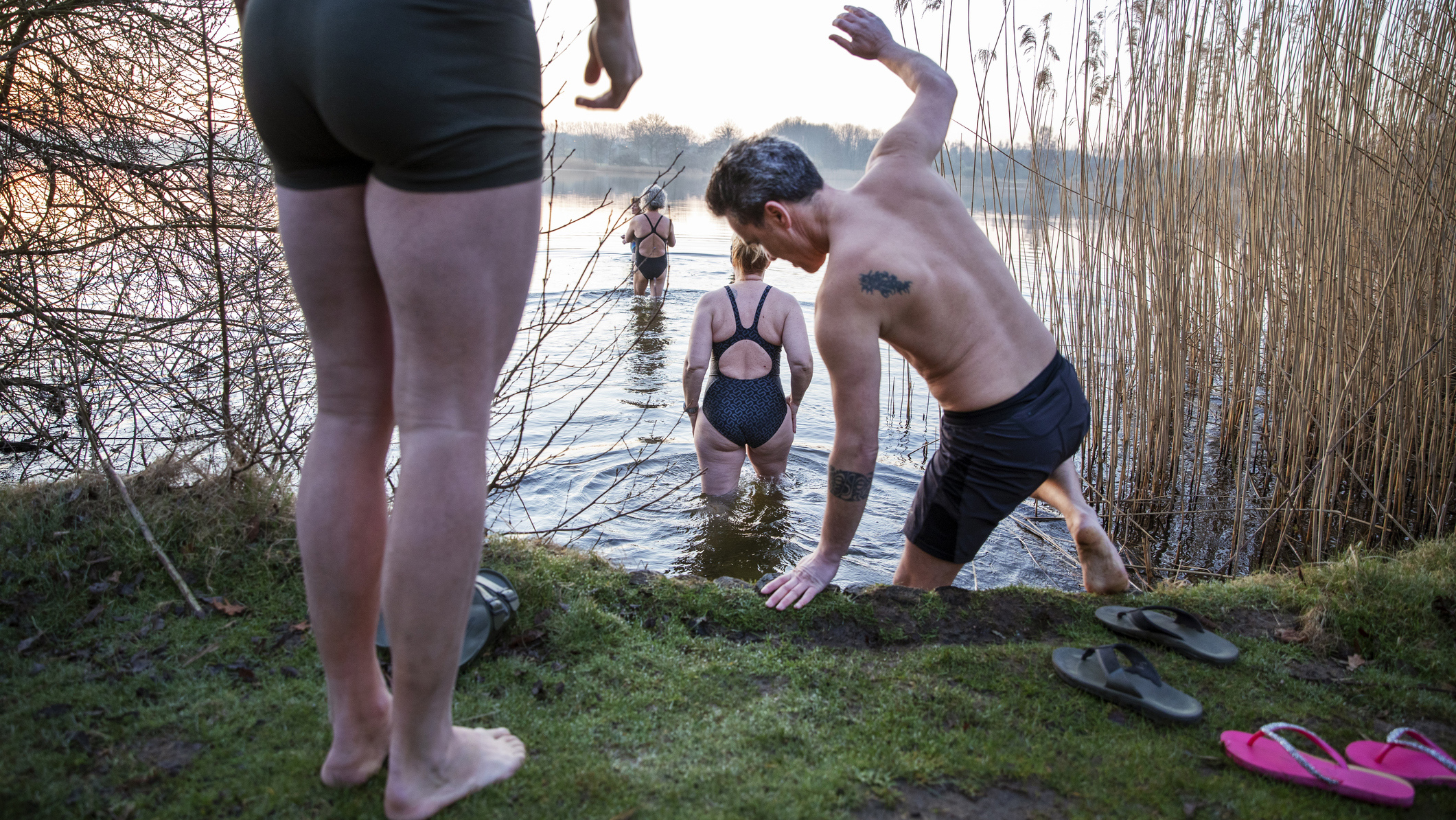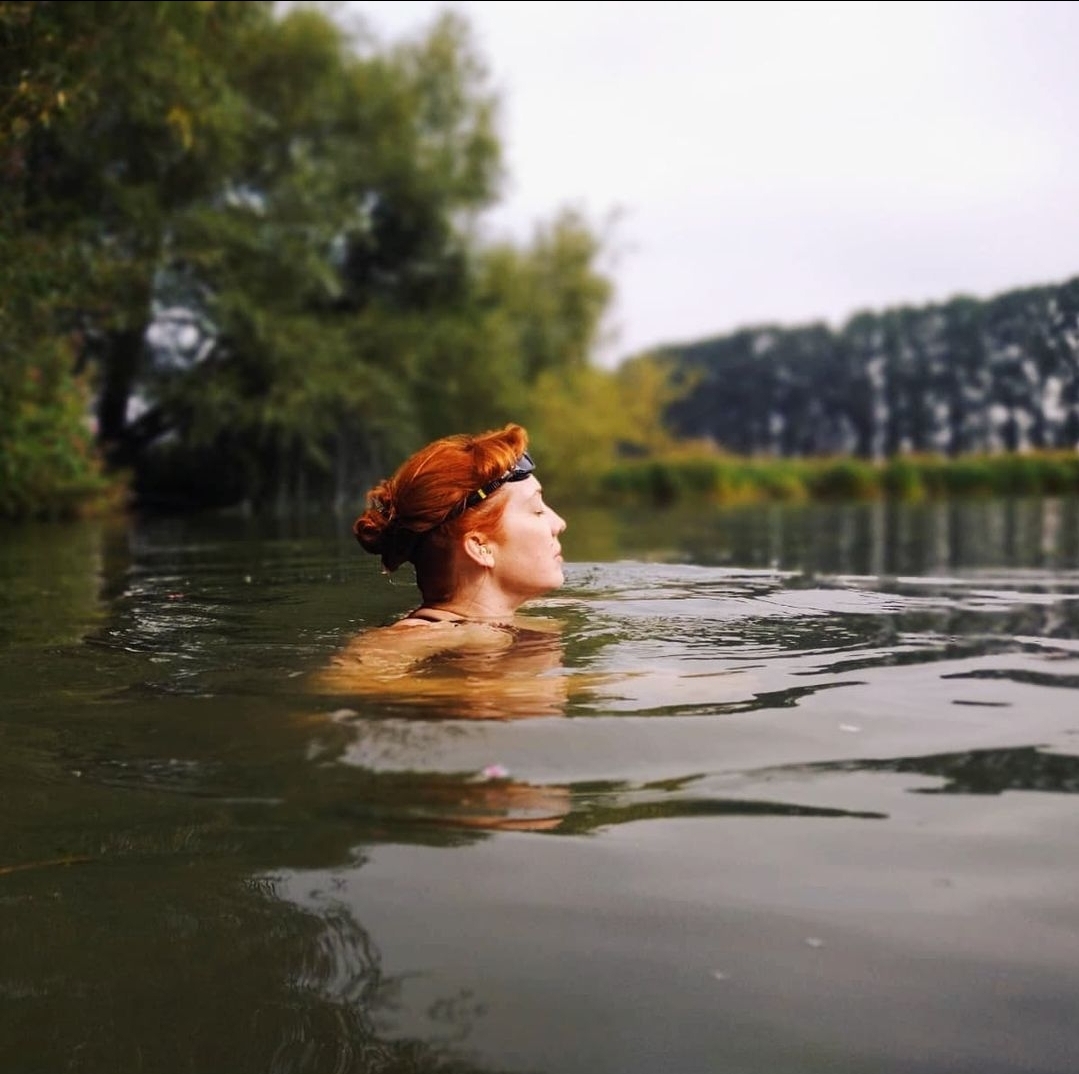How to stay safe in open water: wild swimming for beginners
If you’re keen to go wild swimming but don’t know how to stay safe in open water, then read on for our golden rules

If you're new to wild swimming then you need to know how to stay safe in open water.
During the first heatwave of every summer people rush to cool off in the nearest open water, a phenomenon that’s usually followed by a rash of stories about tragic drownings. The next step in this predictable path is some kind of warning by officials telling people not to go wild swimming at all. But, while there are many places you definitely shouldn’t swim, and drowning remains one of the biggest causes of death worldwide, the straight line drawn by many from wild swimming to danger and drowning is tenuous at best.
If you take some simple precautions, and follow a few easy-to-understand golden rules, there really shouldn’t be anything to worry about. It’s impossible to put any risk level at zero, and if you’re not sure how to stay safe in open water, then getting in for the first time can be a very daunting prospect. But with the best wild swimming gear, some decent knowledge of how to find the best wild swimming spots, and these guiding principles, you should be a lot safer. So come on in, the water’s fine!

1. Don't jump in!
The temptation, of course, with a glittering waterfall pool or tranquil lake, is to dive in. Jumping into water with gleeful abandon is something many people remember from childhood. But the problem with flinging yourself in is you just don’t know what you’re going to land on. It’s not solely the risk of getting hurt by a discarded BMX bike or a broken bottle that you need to consider.
A lot of marine wildlife will respond if feeling under threat, and jumping on top of it is a sure fire way to spook it! Even in countries without much in the way of dangerous sea and river creatures you can still get a nasty nip from a spider crab or land on a sea urchin.
So if you’re desperate to jump in, it’s time to be oh-so-sensible and get in slowly first to check out where you’re likely to land, then get out and jump in again. No, it’s not as fun, but neither is being impaled on a hidden tree branch.

2. Get in and out safely
When entering a river or lake, it’s easy to get over-excited and just wade in. But, while it may be easy to get in, if there are slippery, muddy banks involved, getting out the way you came may not be quite so straightforward. And if there are strong currents to contend with, you may have no choice but to exit the water in a different spot.
All the latest inspiration, tips and guides to help you plan your next Advnture!
So take a bit of time to scout out your surroundings, and to check for currents. If you’re struggling to spot which way any river currents or tides are running, a smallish stick thrown in will give you some good clues. Even better, set yourself a little homework and read Tristan Gooley’s How to Read Water, which is packed with information every water baby should know.

3. Stay calm and in your depth
Unless you’re a veteran wild swimmer, most open water will feel cold to you when you first get in. This can cause you to tense up and take gasping breaths, so it’s important to stay in your depth for the first few minutes until this slightly panicky feeling passes. This sensation isn’t the same as having a panic attack. It will go away on its own if you just (safely) take some deep breaths and stay calm.
And if you ever do find yourself panicking in open water (this happened to me once at the start of a race), remember you can roll onto your back and float while you regain your composure.
4. Learn to sight
If you’re swimming freestyle you’re going to have your face in the water, but what do you do to navigate when there’s no helpful black line on the bottom of the pool to follow?
Learning how to sight can make all the difference. Sighting is the art of popping your head out of the water between breaths fairly regularly, so that you can see where you’re going.
If you want to head in a certain direction, use the sailor’s trick - pick two points on the shoreline and aim between them.

5. Don’t swim solo
It’s a sad truth that a large proportion of people who drown each year in countries like the United States, the UK and Australia are actually experienced swimmers.
Research has found that strong swimmers are more likely to expose themselves to risk, and one of those risks is swimming solo. Last winter a woman who swims daily at my local lake, passed out in the water. She had been feeling a little unwell that day, but she didn’t want to break her swimming streak. Luckily, other swimmers nearby spotted what was happening and quickly came to her aid, but other solo swimmers have not been so lucky.
If it’s not possible to swim with a friend, then stay in your depth in any area that doesn’t have a lifeguard.
6. Don’t drink and swim
While the advice not to swim straight after eating has been totally debunked, it remains a really bad idea to drink alcohol before swimming.
Too much alcohol could cause you to pass out in the water, but even a small amount is going to impact your swim stroke and will also mean you get cold faster.

7. Don't get too cold
Believe it or not, any water temperature below 80°F / 26.5°C has the potential to induce hypothermia if you’re exposed to it for long enough, although generally it’s at 64.4°F / 18°C where people usually begin to feel the cold.
Over time, regular exposure to cold water is enough to increase tolerance in most swimmers. A seasoned wild swimmer with moderate body fat will usually be able to swim for longer in cold water than, say, a newbie triathlete with a ripped physique. Having a greater percentage of body fat keeps you warmer, which is why English Channel swimmers often try to gain weight before they attempt it.
If you want to swim through winter, start in the fall, so that as the temperature drops you get used to it. The general rule many swimmers use is to spend one minute in the water for every °C of water temperature. So if the water is 37.4°F / 3°C, you’re only going to spend three minutes in it. That might sound ridiculous, but it’s better to be safe than sorry.
Having a cozy changing robe to wrap round you when you get out of the water will help you warm up slowly.
If you start shivering, get out straight away - you can’t fight off hypothermia once it starts to set in and this is one of the earliest signs (read more about how to recognize hypothermia here).
If you’re getting too cold, you may notice that your swim stroke becomes erratic and that you find yourself zoning out and losing concentration. Don’t try to tough it out - just get out and warm up as soon as possible.
When you swim your body shuts down the circulation to your skin, causing warm blood to pool in your core, protecting your vital organs, and allowing you to stay in the water longer. But when you get out of the water, this process can continue for another 10 to 40 minutes, causing you to potentially lose up to another 40.1°F/4.5°C in body temperature. So, get out earlier than you think you need to.

8. Keep up to date with safety warnings
If you're not sure about the quality of the water you're swimming in, do not put your face in it! The easiest way for nasties like e.coli to get into your body is through your mouth, eyes and ears, so keep your head above the water if you suspect it's not clean.
Some infestations, such as blue green algae are highly toxic and can cause skin rashes, vomiting, and even liver and brain damage. Do not go into water that you know has blue green algae in it.
During heavy rains water companies will often discharge waste water into local rivers and the coastline. You can track this - to an extent - using the Surfers Against Sewage live map that gives updates on water quality in the UK. In the US, visit the How’s My Waterway interactive map to check data about local water quality.
9. Watch out for rips and river currents
If you are swimming anywhere with a shoreline, make sure you know how to spot rip currents. On a beach they may look like a calm patch of water, which is why people often walk straight into them.
If you do get caught in a rip and are in your depth you may be able to wade out. If not, swim parallel to the shore until it peters out (it will). Don’t try to swim against it. Not even Michael Phelps can beat a strong rip current. You'll just waste energy and tire yourself out.
After heavy rain rivers can run really fast, creating dangerous conditions for wild swimmers, who can get swept into hidden objects, like rocks under the surface. In these circumstances it's safer to find somewhere else to swim until the water level drops and the current slows.

10. Dress for the conditions
Even if you're a hardy sort, getting the right kit can make all the difference, when it comes to how long you'll actually be able to swim for. You can read our full lowdown on the best wild swimming gear here, but as a rule, make sure your hands, head and feet are protected in the coldest months, and invest in one of the best swimming wetsuits if you're even half serious about the sport.

Rosee Woodland developed a taste for adventure at a young age, growing up in a home where camping was the default holiday, and good weather was a vacation bonus rather than a necessity. After bike-packing the length of France in her mid teens with her family, she started to undertake solo forays in her 20s, usually without the benefit of much technical gear at all. Happily, the years she later spent as a mountain biking journalist eventually gave her an appreciation of decent kit! These days she loves a water-based adventure, and is an outdoor swim coach, and a keen free diver. She has a soft spot for Northern Ireland's Mourne mountains, and can also be found hiking and kayaking in Pembrokeshire and the South West of the UK.
